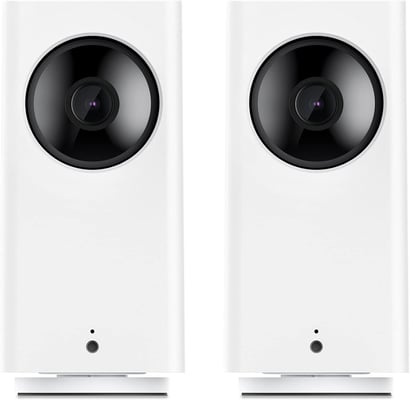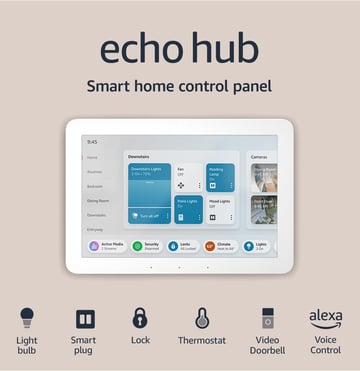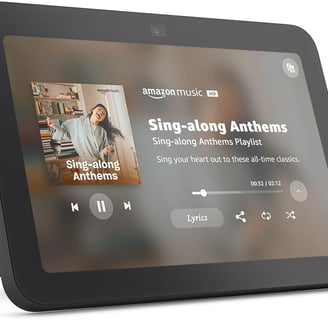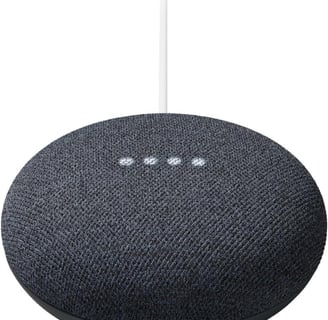
Smart Home on a Budget: How to Build an Intelligent Home Without Breaking the Bank
Building a smart home doesn’t have to be a massively expensive undertaking. In fact, with the right approach and a little planning, anyone can enjoy the comfort, convenience, and security of a connected home without spending a fortune
TOOLS: LAPTOPS, TECHNOLOGY, KNICK-KNACKS
Collin Michaels
11/24/202410 min read




Smart Home on a Budget: How to Build an Intelligent Home Without Breaking the Bank
Your friend’s show it off at get-togethers. You’ve been staring at the ‘Home’ app on your iPhone or you’ve heard about Google’s ‘Nest’ from that family member who keeps telling you to get with the times and let technology safeguard your home, and optimize efficiency. Or maybe…you’re reading this because you’re just curious as to whether setting up a smart home is worth it or if it will live up to the hype –AND justify the enormous expense associated with actually pulling the trigger on one.
Well, we’re here to tell you that, regardless of who you are, or what your motives are for inquiring, building a smart home doesn’t have to be an expensive undertaking. In fact, with the right approach and a little planning, anyone can enjoy the comfort, convenience, and security of a connected home without spending a fortune. Whether you want to control your thermostat from your phone, monitor your home security remotely, or set the perfect lighting ambiance with a simple voice command, it's all possible—even on a budget.
In this guide, we’ll show you how to build your smart home step by step, focusing on essential devices, DIY solutions, and practical advice to make your home smarter without breaking the bank.
1. Understanding the Smart Home Concept
What is a Smart Home?
At its core, a smart home is a living space where everyday tasks like controlling the lights, managing temperature, and ensuring security can be automated and managed remotely through internet-connected devices. Think of it as a home that’s "smarter" because it adapts to your needs, making your life easier, more convenient, and often more energy-efficient.
For example, a smart thermostat can adjust your home’s temperature based on your schedule, saving energy and lowering utility bills. Smart lighting allows you to control your lights from your phone, or even automatically adjust them based on the time of day. And with smart security cameras or doorbells, you can monitor your home from anywhere in the world, receiving alerts directly to your phone.
Why Go Smart on a Budget?
One of the biggest misconceptions about smart homes is that they’re only for the wealthy. While high-end smart devices can indeed come with hefty price tags, the good news is that it’s possible to build a functional, cost-effective smart home with just a few key devices.
Many budget-friendly smart devices on the market today provide the same essential benefits—comfort, convenience, energy savings, and security—as their more expensive counterparts. The trick is to make intentional choices, prioritizing what matters most to you and investing in devices that provide real value. You don’t need to buy everything at once; a smart home is an ongoing project, and it’s perfectly fine to start small.
2. Set Your Priorities: Focus on What You Actually Need
Why Planning Matters
Before you start buying up every smart gadget in sight, take a step back and think about what you actually need. Do you want better lighting? A more energy-efficient home? Improved security? The beauty of a smart home is that it can cater to whatever your priorities are, so it’s important to focus on devices that will add real value to your day-to-day life.
Start by identifying what matters most to you. Are you often concerned about leaving lights on when you’re out of the house? Or do you want to track your energy usage to save on your monthly bills? Once you know what your goals are, you can narrow down your options and choose devices that address those specific needs.
🟢What’s Worth the Investment?
As a beginner, some smart devices will offer a higher return on investment than others. Here are a few items worth considering when building a smart home on a budget:
Smart Thermostats: These are a game-changer for energy savings. A smart thermostat can adjust your home’s temperature automatically, based on your routine or presence in the home. Over time, you’ll save on heating and cooling costs.
Ecobee New Smart Thermostat. It has programmable Wifi, works with Sire, Alexa, Google Assistant, and is Energy Star Certified.
Smart Lights and Plugs: These are among the easiest and most affordable ways to start automating your home. You can set schedules for your lights, control them remotely, or even dim them to create the perfect ambiance. Smart plugs also let you control any device plugged into them, making almost anything in your home “smart.”
Smart Security Devices: While full-fledged home security systems can be expensive, smart cameras and doorbells offer a budget-friendly alternative. You can keep an eye on your home remotely and receive notifications when someone is at your door.
3. Essential Budget-Friendly Smart Devices
Smart Plugs and Smart Light Bulbs
As we said before, when it comes to budget-friendly smart devices, smart plugs and smart light bulbs are two of the best starting points. They are affordable, easy to install, and can make a big impact on your home’s functionality.
Smart plugs are small devices that allow you to control anything that’s plugged into them. Want to turn off the coffee maker you forgot to unplug? Or control your lamps remotely? Smart plugs let you do that. Simply plug them into any standard outlet, connect them to your Wi-Fi, and use your smartphone to control them. You can even schedule devices to turn on and off at specific times.
Smart bulbs are similarly simple but incredibly effective. These bulbs allow you to adjust the brightness, color, and even set schedules from your phone or via voice command. They’re an easy and affordable way to start building your smart home, and they can make a big difference in creating a more energy-efficient space.
Smart Thermostats (Entry-Level Options)
A smart thermostat is one of the most impactful investments you can make in a smart home. Devices like the previously mentioned Ecobee or Google Nest Thermostat offer a relatively low-cost way to control your home’s climate. These thermostats are Wi-Fi enabled, meaning you can control them from your phone, set schedules, and even have them learn your preferences over time.
The real beauty of smart thermostats is the savings they can provide. By optimizing your heating and cooling system based on your routine, these devices help cut down on energy waste, lowering your utility bills over time. While there are certainly premium models, entry-level options offer the core features without the high price tag.
Smart Security: Cameras and Doorbells
If security is a priority for you, smart cameras and video doorbells are affordable options that can provide peace of mind without the need for an expensive security system.
The Wyze Cam and Ring Video Doorbell are two budget-friendly examples that offer great value. With these devices, you can monitor your home in real-time, receive alerts when motion is detected, and even interact with visitors remotely.
Smart doorbells, like the Ring Video Doorbell, allow you to see and speak to people at your door, no matter where you are. They also have a built-in camera, so you can review footage later if needed. These devices are easy to install and can be a great addition to your smart home without breaking the bank.
Smart Speakers & Voice Assistants
A smart speaker is the hub of your smart home. Devices like the Amazon Echo Dot or Google Nest Mini allow you to control your smart devices, play music, check the weather, set timers, and more—just by using your voice.
These devices are relatively inexpensive, and they serve as the control center for your entire smart home. They can integrate with a wide variety of smart devices, so once you have a voice assistant in place, controlling everything from lights to security cameras becomes a breeze.
4. Making Your Home Smarter with DIY Integrations
Connecting Everything Together: Hub or No Hub?
When building a budget-friendly smart home, one of the first questions you might ask is whether you need a hub. The answer is: it depends.
Some smart home systems, like the multipurpose Amazon Echo Show or Amazon Echo Hub, require a central hub to connect all of your devices. However, many popular smart devices, including those from Google Nest and Amazon Alexa, don’t require a hub at all. Instead, they connect directly to your Wi-Fi network and are easily controlled via their respective apps.
If you're looking to save money, opt for devices that can connect directly to your voice assistant or smartphone. This way, you can skip the extra cost of a hub and still have everything work seamlessly together.
Setting Up Routines and Automations
Once you’ve got a few smart devices in place, it’s time to set up routines and automations to make your home even smarter. Many smart devices allow you to automate tasks like turning off the lights when you leave the house or adjusting the thermostat when you’re away.
For example, you can set up a “Good Morning” routine that turns on your lights, adjusts the temperature, and even starts playing your favorite playlist. Most smart apps, including Alexa and Google Home, make it easy to set up these routines, and they don’t require any extra costs.
DIY Smart Home Projects for the Budget-Conscious
If you’re feeling creative, there are many DIY projects that can help you enhance your smart home without spending a lot of money. For instance, you can create a smart mirror that displays useful information like the time, weather, and your calendar, all controlled by a voice assistant. You could also create smart lighting effects using inexpensive LED strips that you can control with voice commands.
These DIY projects are not only fun, but they also allow you to customize your smart home without breaking the bank.
5. Saving Money Without Sacrificing Quality
Where to Shop for Deals
You don’t need to pay full price for every smart device you buy. Shopping around for deals can save you a lot of money. Amazon, Best Buy, Walmart, and Target are all great places to find discounts on smart gadgets. Be on the lookout for seasonal sales, like Black Friday, Cyber Monday, or Prime Day, which often feature significant discounts.
Also, consider purchasing refurbished or open-box devices. These products are often in like-new condition, come with a warranty, and are sold at a fraction of the price.
How to Compare Prices & Reviews
Before you make a purchase, take some time to compare prices across different retailers and read product reviews. User reviews are a valuable resource—they can
give you insight into the performance and reliability of a product. Always check for compatibility with your existing devices and ensure that it fits your needs before purchasing.
Avoiding "Smart Home Overkill"
It can be tempting to buy all the latest smart gadgets you see, but smart home overkill can lead to frustration. Focus on the devices that will actually make your life easier, and avoid impulse buys that might not add much value. Keep your smart home simple at first, and expand gradually as your budget allows.
6. Upgrading Over Time: A Smart Home Evolution
Start Small, Scale Gradually
Building a smart home is a journey, not a race. Start with a few essential devices, like a smart thermostat, lights, and plugs, and get comfortable with the technology. As your needs evolve, you can add more devices over time.
There’s no rush to automate everything at once. A gradual approach allows you to make informed decisions and find the best devices for your lifestyle.
How to Future-Proof Your Smart Home
When purchasing new devices, it’s important to think about the future. Look for products that can integrate with other systems or are compatible with popular standards, like Amazon Alexa or Google Assistant. This way, as you add more devices, everything will work seamlessly together, and you won’t be left with a collection of gadgets that can’t talk to each other.
7. Common Mistakes to Avoid When Building a Smart Home on a Budget:
Overbuying or Overcomplicating Things
One of the biggest mistakes you can make is overbuying. While it’s tempting to add all the latest smart gadgets, this can lead to confusion and frustration. Stick to the essentials, and don’t get caught up in buying every new device that comes out.
Skipping Compatibility Checks
Another mistake is not checking compatibility. Ensure that your smart devices can communicate with one another before purchasing. Devices from different brands may not always work well together, so do your research to avoid headaches later.
Not Considering Security & Privacy
Security is often overlooked when setting up a smart home. Make sure to use strong passwords, enable two-factor authentication where available, and secure your Wi-Fi network to protect your devices and personal data.
________________________________________________________________________________________________________________________
8. Final Thoughts: Build a Smart Home That Works for You
A smart home is more than just a collection of gadgets—it’s a way to make your life easier, safer, and more energy-efficient. With a little planning, you can build a smart home on a budget that offers all the benefits of connected living without the hefty price tag.
9. Call to Action
Start Your Smart Home Journey Today!
Ready to take the first step? Choose one or two affordable devices to kickstart your smart home journey. Check out our recommended smart products for great deals on the essentials!
Join the Conversation
What smart devices have you found most useful in building your smart home? Share your experiences in the comments below or connect with us on social media (IG = @the.perpetualtraveller) .
We’d love to hear how you’re building your smart home on a budget!
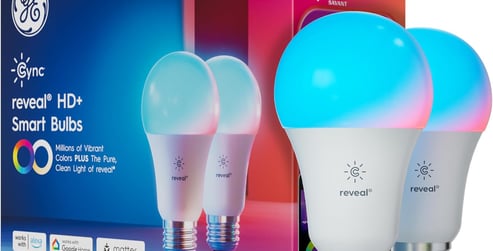

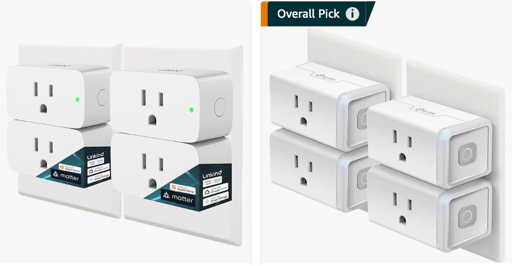

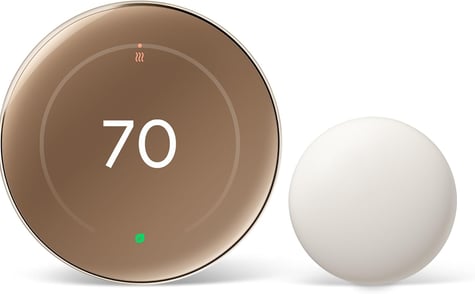

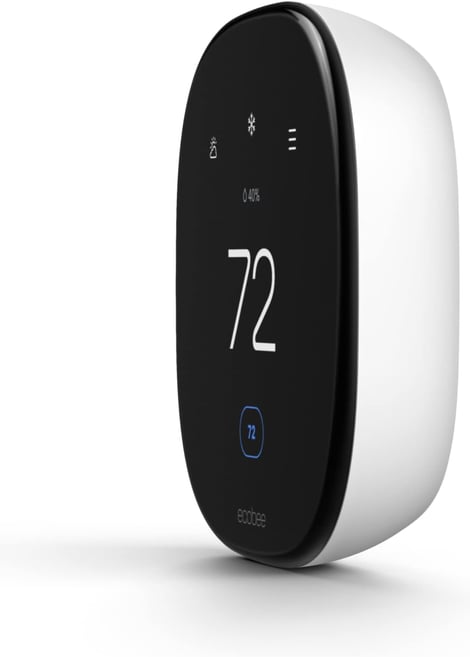

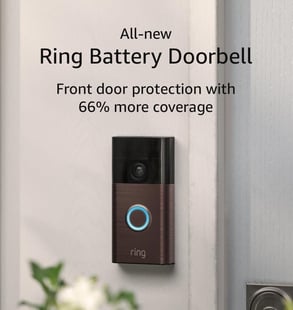



Connect/Comments
Don't forget to check out our sibling site!
Support
mcp.toyourhealth@gmail.com
© 2024. All rights reserved.



